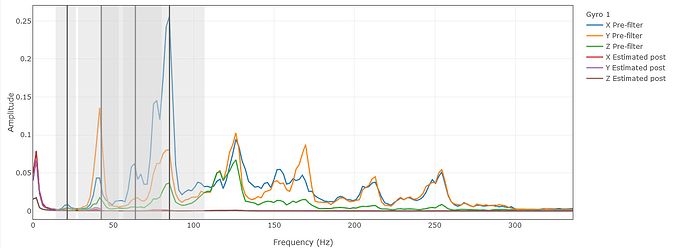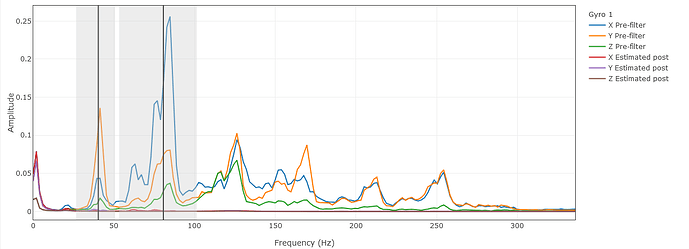Instability resolution for low thrust (very light vehicle)
Total weight of the vehicle is 3.72 kg
Vehicle Type: Quadcopter
Vehicle driving: (ESC) Air 40A / (Motor) U8 Lite (Prop) T-moter G30*10.5
Vehicle Flight Control: (FC) orange tube 4.3.7 version
Until now, it has been designed to match the Hovering output of 40 to 50% of the ESC and motor of the vehicle’s drive, but the vehicle I inquired about is very light compared to the output that can be hovering even at about 20% of the drive.
I adjusted some parameters to prevent light vehicles from soaring upward.
MOT_SPIN_MAX : 0.7
MOT_SPIN_MIN : 0.15
MOT_PWM_MIN: 1,000 (adjusted to a minimum PWM value to allow the vehicle to land)
MOT_PWM_MAX: 1,600 (maximum PWM value considering vehicle drive)
MOT_THST_HOVER: 0.2 (MOT_HOVER_LEARN is learned and stored, so the final value changed and stored when checking the log after the flight is 0.554091)
However, there are difficulties in testing to reduce output and have horizontal stability during flight for this test.
The difficulties encountered during the test are as follows.
- When you take off after ARM, the aircraft gradually begins to lose its level significantly in place and eventually loses its balance and crashes. MODE: LOITER / STABILIZE (Predicted from ESC)
- It is predicted that it will be difficult to cope with special situations by lowering the PWM maximum.

